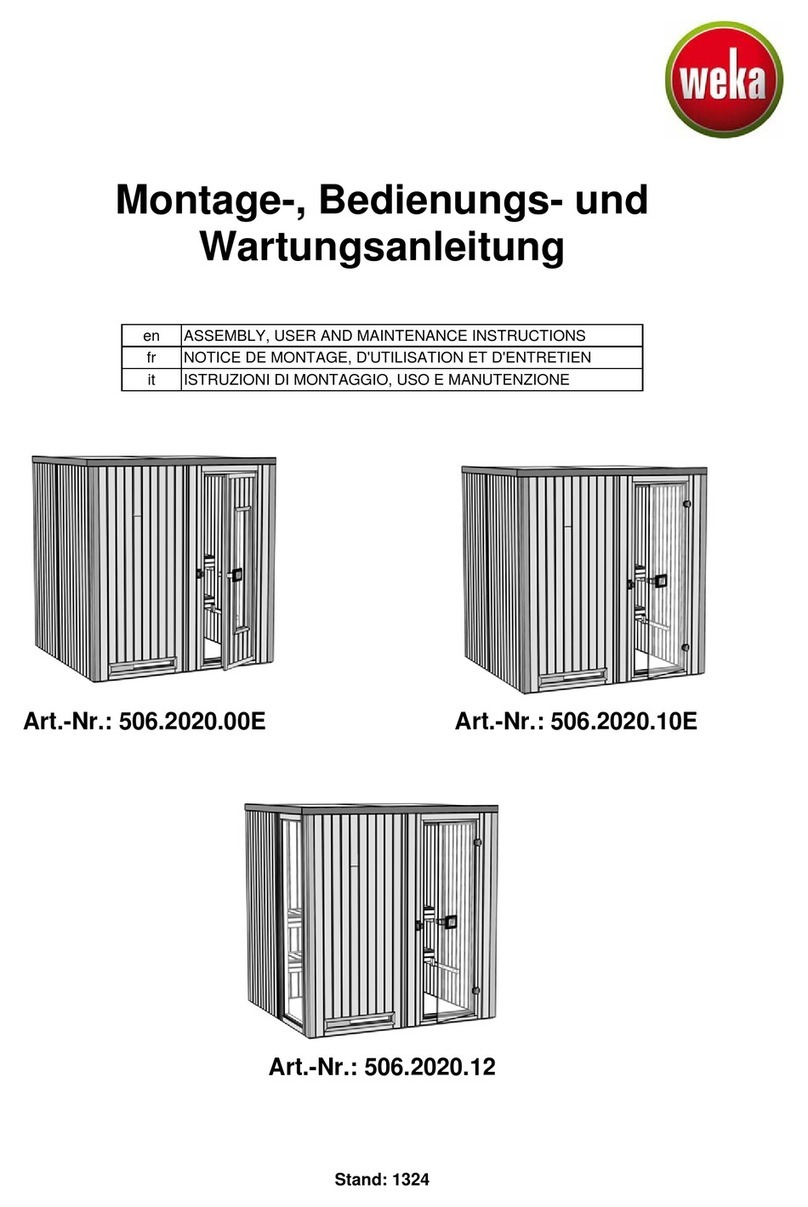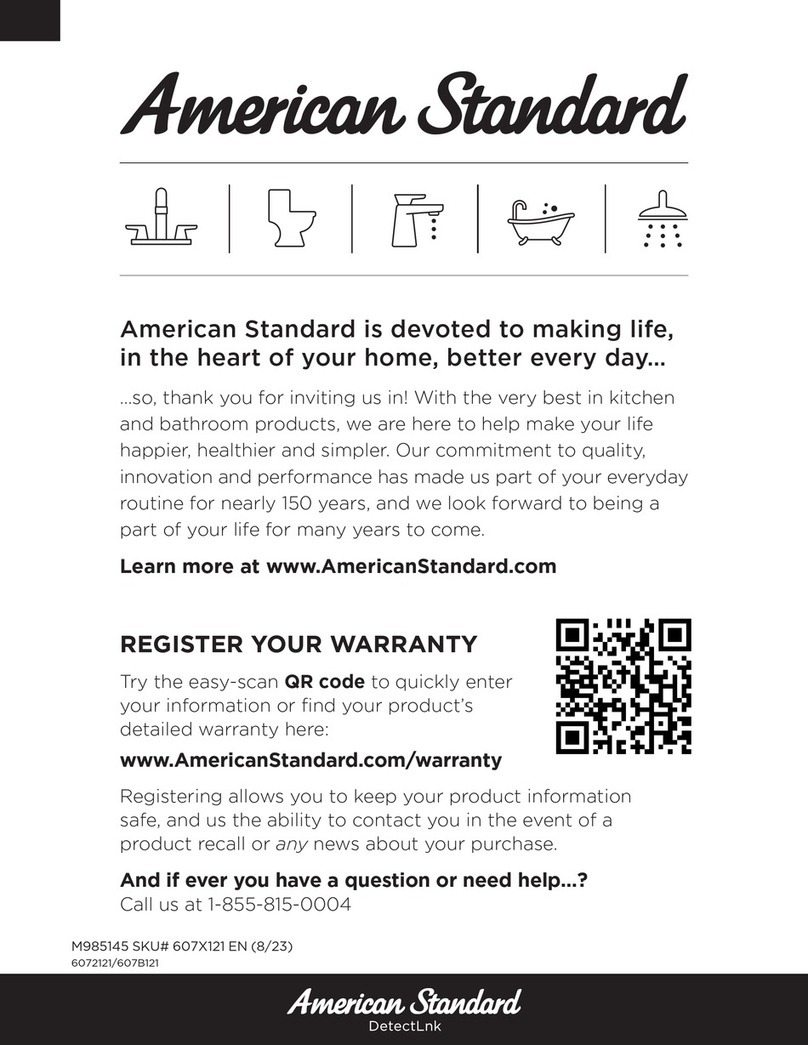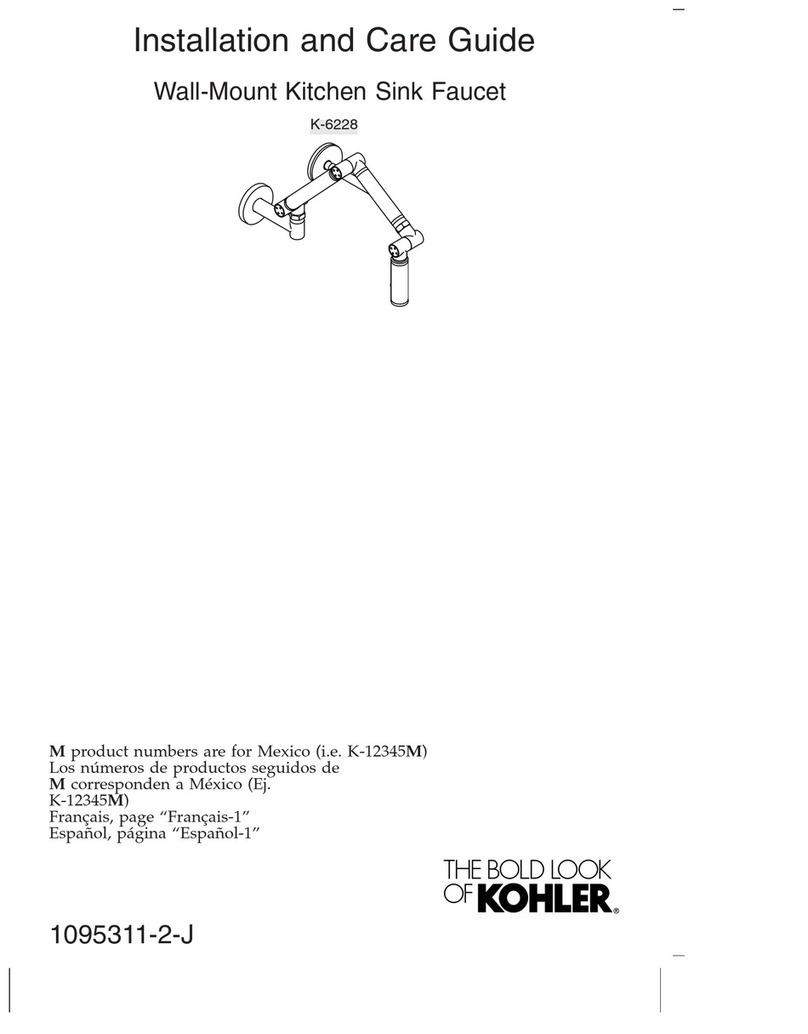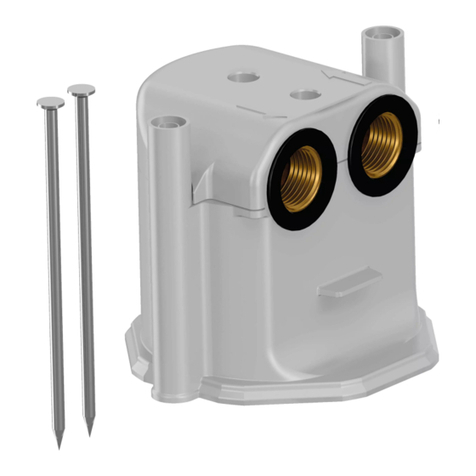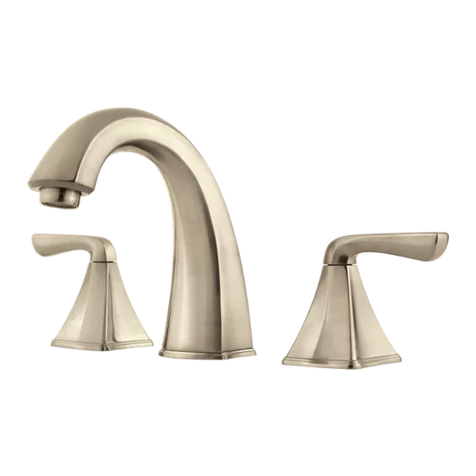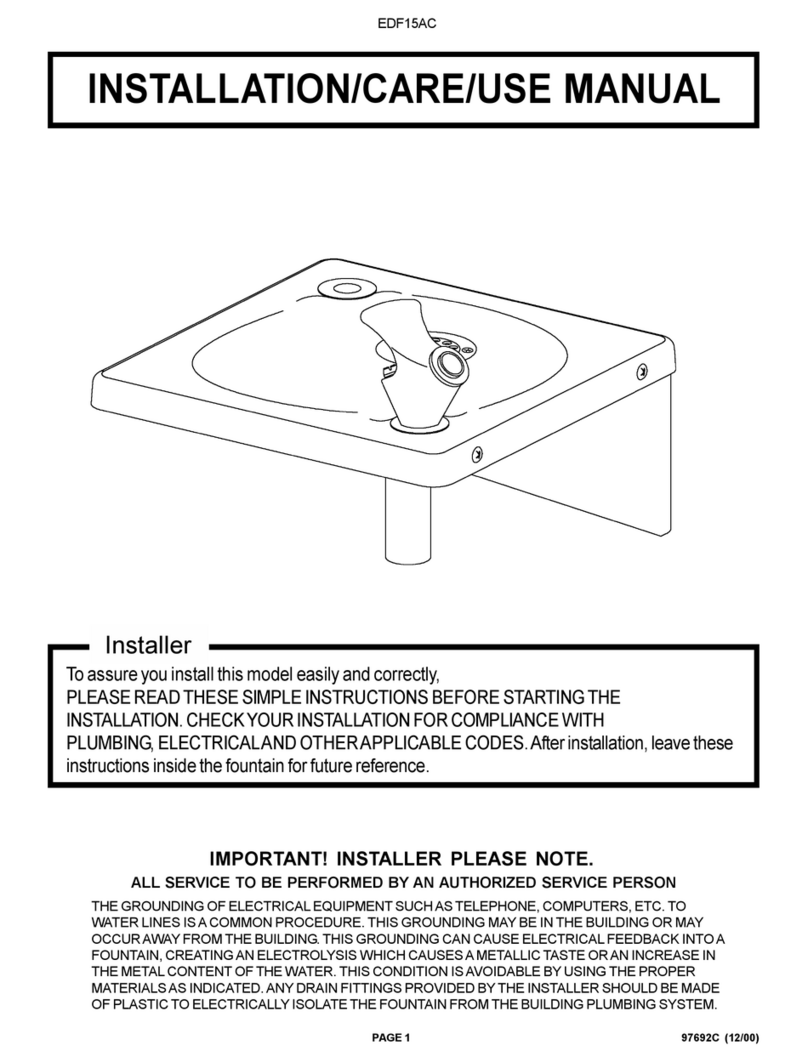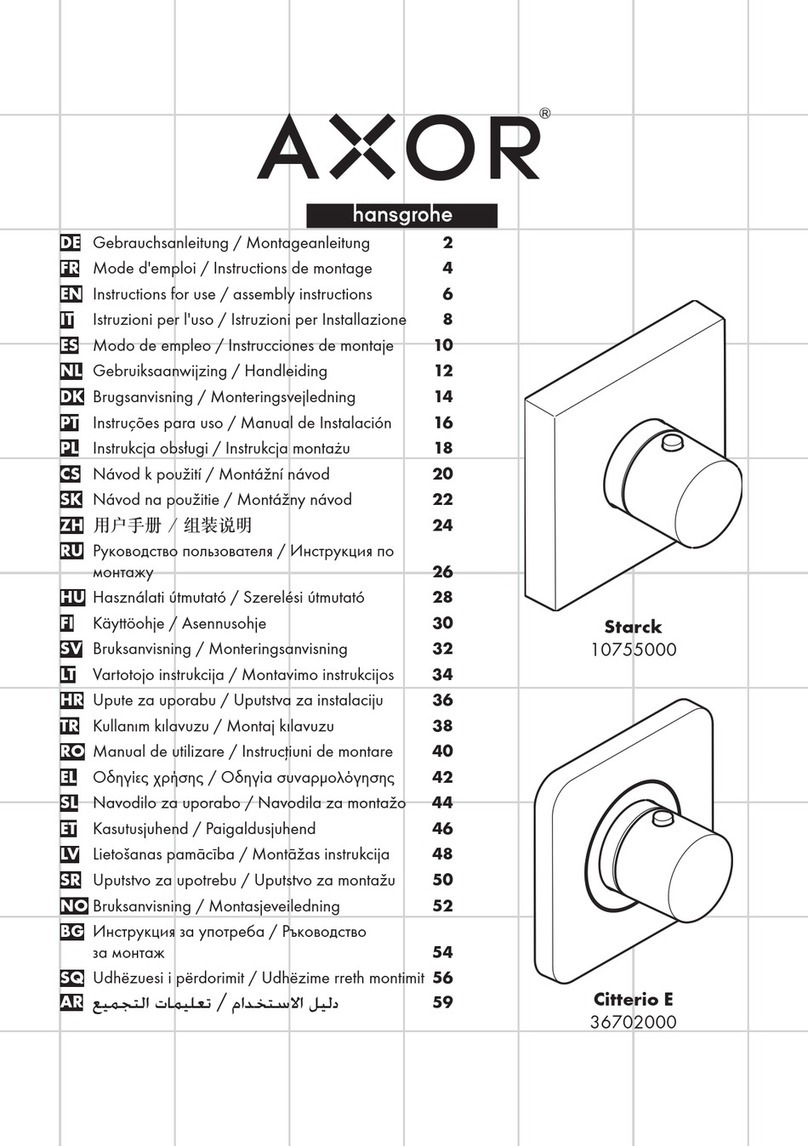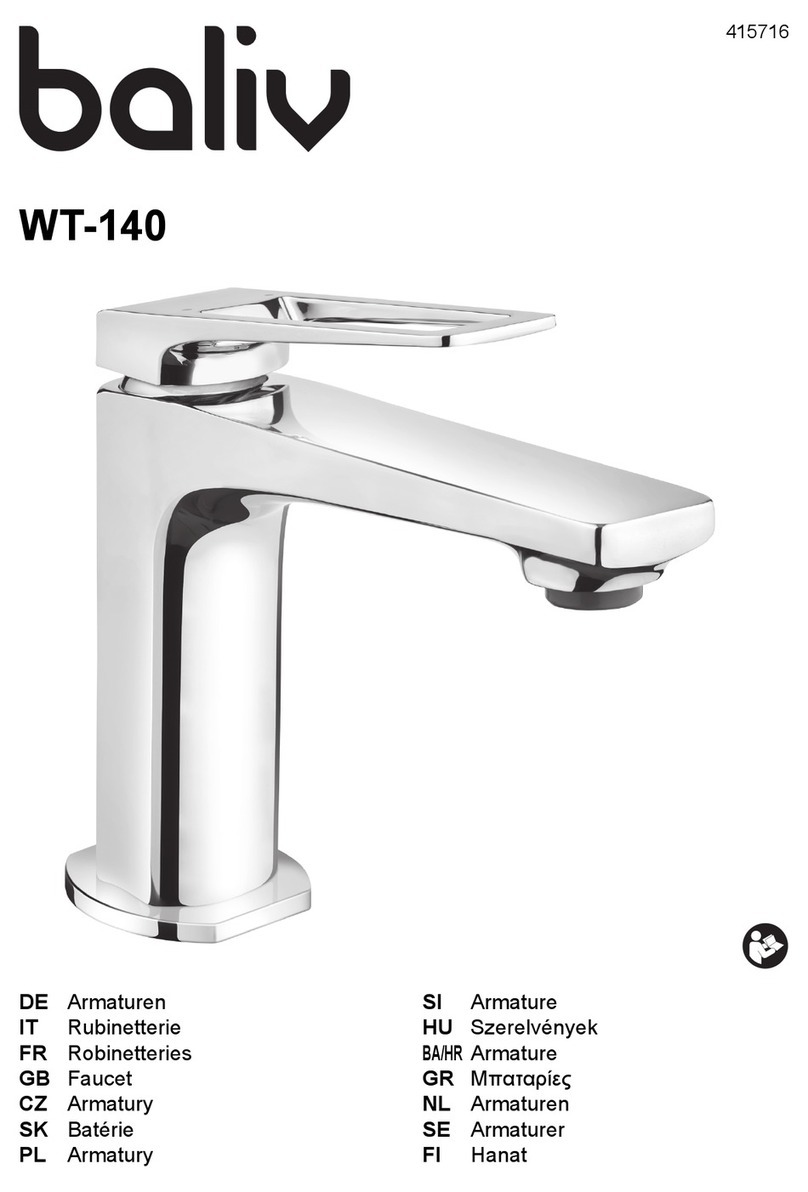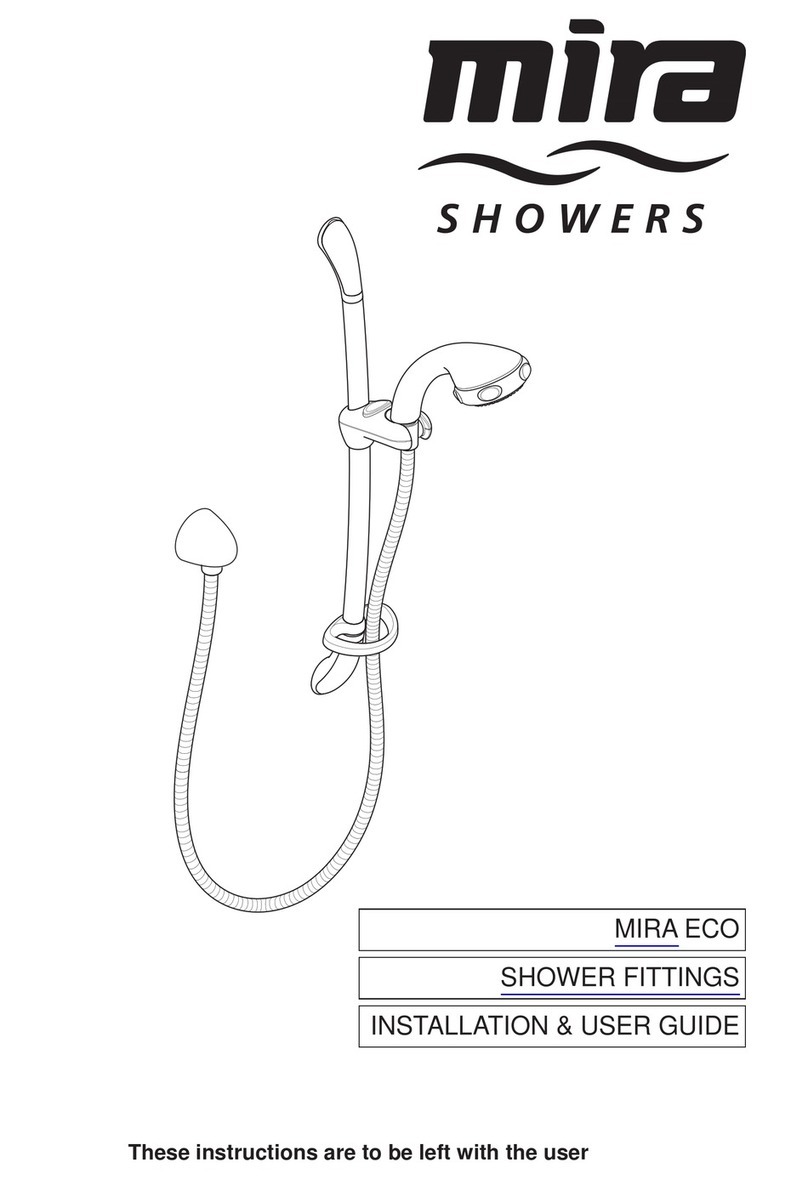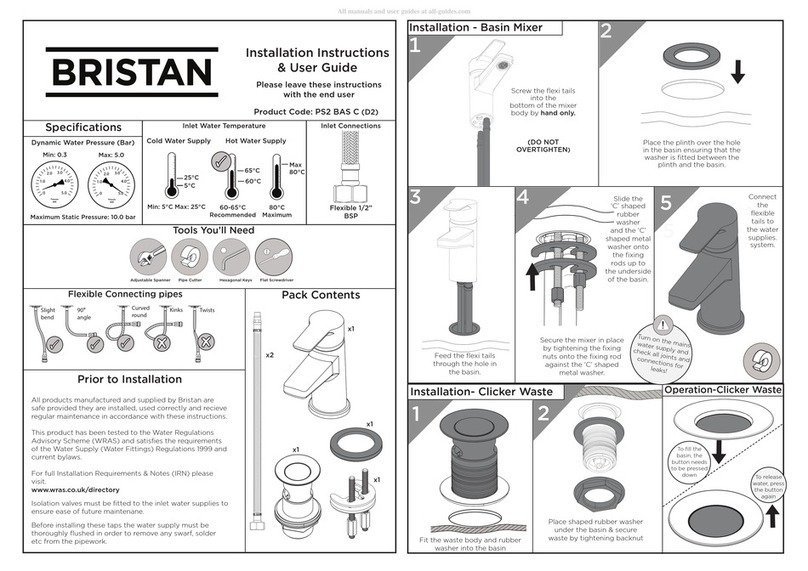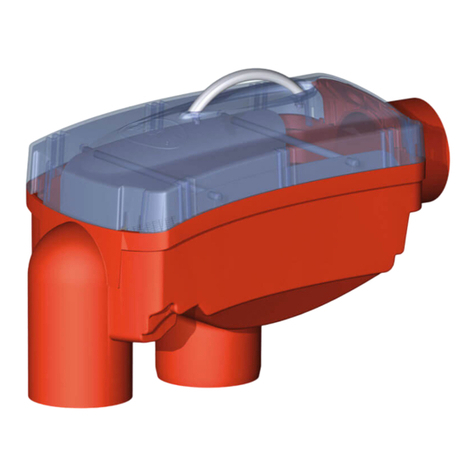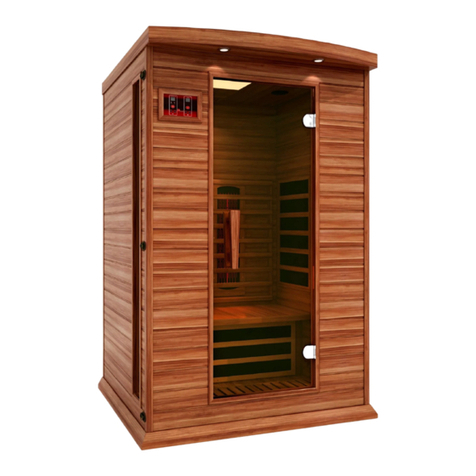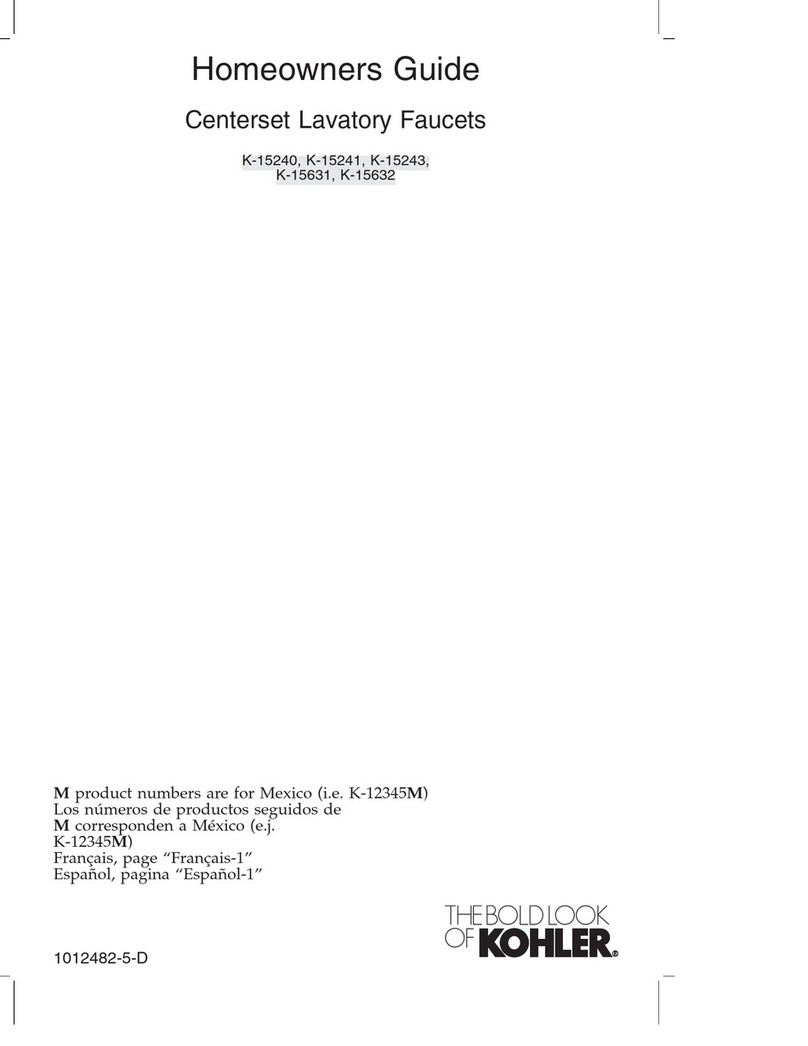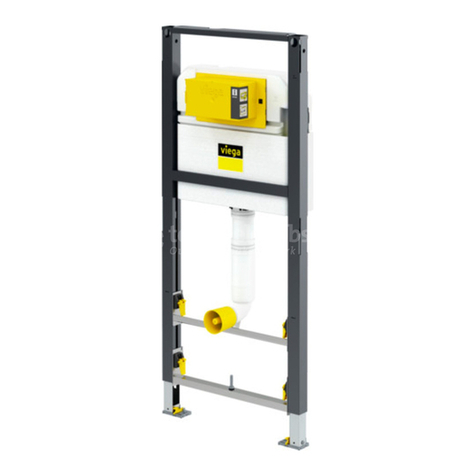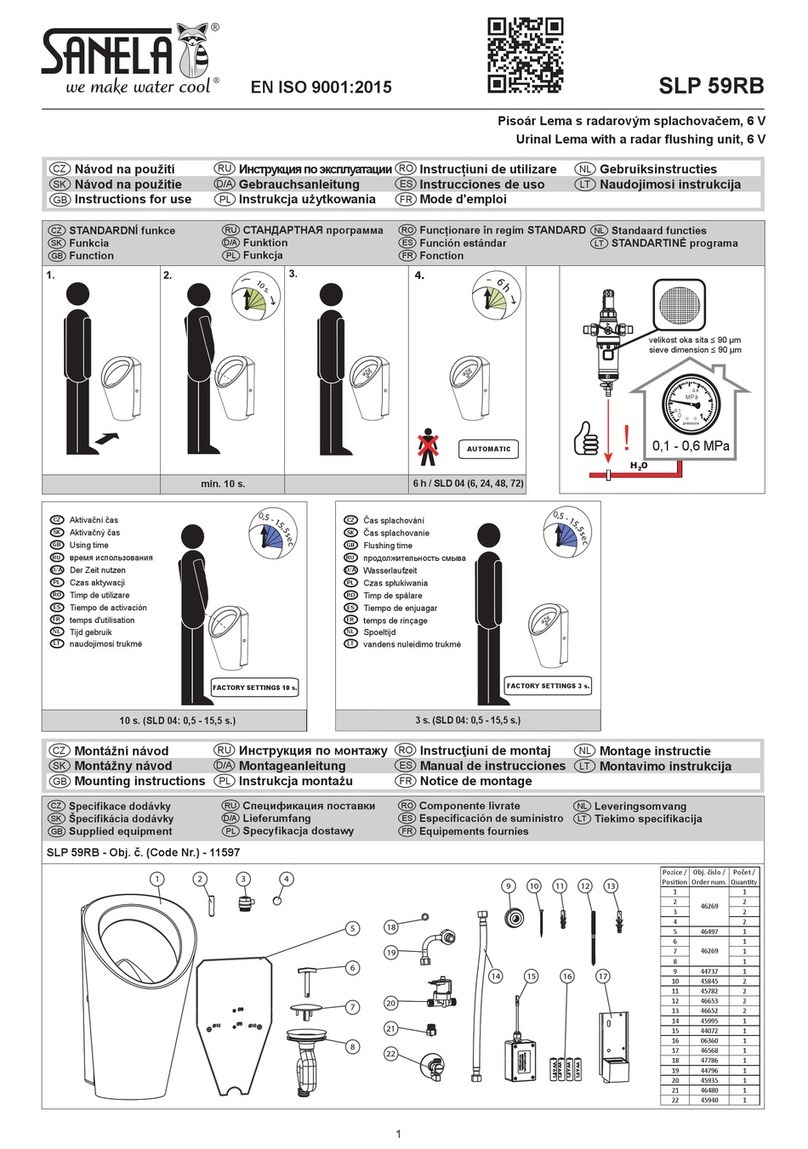
Contents
4 / 137
7.1 General specifications for maintenance, inspections, and operation................................................ 52
7.2 Duties of the operator........................................................................................................................ 52
7.2.1 Daily check...........................................................................................................................................52
7.2.2 Monthly checks ...................................................................................................................................53
7.2.3 Yearly checks .......................................................................................................................................54
7.3 Care and maintenance by a maintenance specialist only................................................................. 54
7.3.1 Maintenance work ..............................................................................................................................54
7.4 Sludge measurements ...................................................................................................................... 55
7.4.1 Sludge measurements on oneAdvanced 3–9 PU (one-tank systems).................................................55
7.4.2 Sludge measurements on oneAdvanced larger than 10 PE (with preliminary cleaning / sludge
reservoir) .............................................................................................................................................57
7.5 Sludge must be removed by a specialist only ...................................................................................57
8Service menu for authorised specialist ........................................................................................59
8.1 Menu overview .................................................................................................................................. 59
8.2 Cycle settings .................................................................................................................................... 60
8.2.1 Overview of processes, systems, and discharge classes .....................................................................61
8.2.2 Outputs................................................................................................................................................64
8.2.3 Inputs ..................................................................................................................................................65
8.2.4 Pressure sensor ...................................................................................................................................66
8.2.5 Information .........................................................................................................................................69
8.2.6 Temperature sensor ............................................................................................................................70
8.2.7 Current limits.......................................................................................................................................71
8.2.8 Maintenance .......................................................................................................................................71
8.2.9 Modules...............................................................................................................................................72
8.2.10 Contactor monitoring..........................................................................................................................74
8.2.11 Exit menu.............................................................................................................................................74
9Additional controller functions...................................................................................................... 75
9.1 Underload detection .......................................................................................................................... 75
9.1.1 Function...............................................................................................................................................75
9.1.2 Cleaning cycle queries .........................................................................................................................76
9.1.3 Calibrating level measuring .................................................................................................................77
9.1.4 Starting level measuring......................................................................................................................77
9.1.5 Deactivating the level measurement ..................................................................................................80
9.1.6 Safety and fault messages...................................................................................................................80
9.2 Compressed air monitoring ............................................................................................................... 81
9.2.1 Technical requirements.......................................................................................................................81
9.2.2 Settings................................................................................................................................................81
9.2.3 Teach-in phase ....................................................................................................................................81
9.2.4 Monitoring phase ................................................................................................................................81
9.3 Dosing installations ........................................................................................................................... 81
9.3.1 Components ........................................................................................................................................82
9.3.2 Dosing pumps......................................................................................................................................83
9.3.3 Phosphate precipitation with P module..............................................................................................84
9.3.4 Pumped carbon dosing (C module).....................................................................................................87
9.3.5 Pumped chlorination (chlorination module).......................................................................................88
9.4 UV reactor (UV module) .................................................................................................................... 90
9.4.1 Function...............................................................................................................................................90
9.4.2 Control unit settings:...........................................................................................................................91
9.5 Submersible pumps........................................................................................................................... 91
9.5.1 Submersible pump in lieu of pneumatic lifters ...................................................................................92
9.5.2 Submersible pump for additional transport process ..........................................................................92
9.6 External warning indicator ................................................................................................................. 93
9.7 Actuate solenoid valves .................................................................................................................... 93
10 Electrical connections .................................................................................................................... 94
11 Fault messages and rectification .................................................................................................. 97
